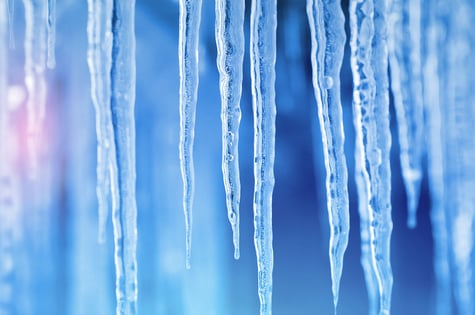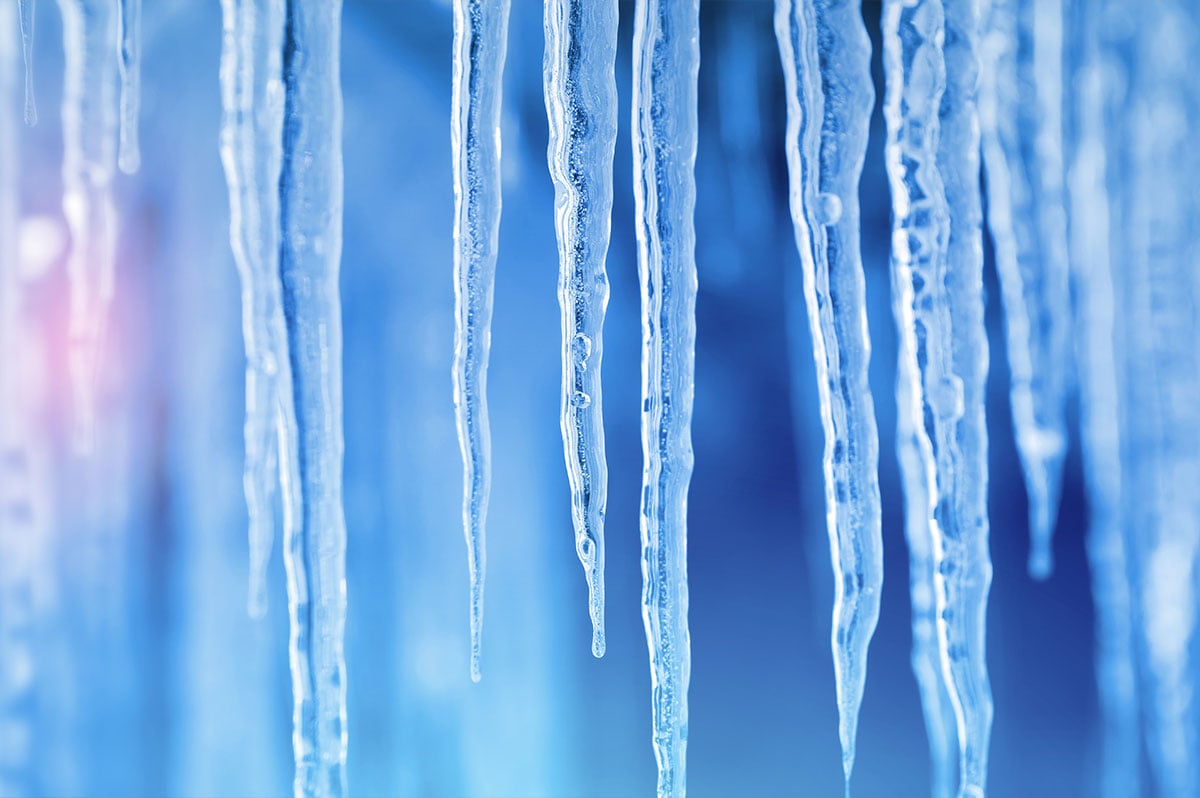 Last winter delivered record-breaking snowfalls for much of the country, and many places have already seen the first snowfall of the 2015 fall/winter season. While meteorologists are still scratching their heads as the “Godzilla El Niño” and the “Siberian Snow Monster” battle for control of our weather, there’s one thing we do know: Any amount of snow or ice can take a toll on both your commercial rooftop (flat roofs are especially vulnerable) and your rooftop equipment supports.
Last winter delivered record-breaking snowfalls for much of the country, and many places have already seen the first snowfall of the 2015 fall/winter season. While meteorologists are still scratching their heads as the “Godzilla El Niño” and the “Siberian Snow Monster” battle for control of our weather, there’s one thing we do know: Any amount of snow or ice can take a toll on both your commercial rooftop (flat roofs are especially vulnerable) and your rooftop equipment supports.
The Problem:
Snow
Snow is heavy. One cubic foot of dry snow weighs about seven pounds, and one cubic foot of wet snow tips the scales at a whopping 12 to 18 pounds. That can push your roof to its load-bearing limits. To make matters worse, if you panic and send your maintenance crew up to clear the snow, the additional weight could lead to a roof collapse.
Ice
For sloped roofs, the biggest problem with ice is that it can form ice dams, which can, in turn, cause leaks. That happens when snow or ice melts a little during the day, runs down toward the lowest point on the roof and refreezes, forming a dam. Any water behind it ends up being forced back up the roof, where it can worm its way under shingles and cause leaks.
For flat roofs, the problem is that ice can keep rooftop equipment from doing its job. A thick layer of ice can reduce the temperature inside a pipe, which can restrict the ability of the contents to flow normally. That can end up damaging your equipment and, in turn, your rooftop equipment supports.
The Solution:
Whether you handle snow removal internally or leave it to the pros, there’s a right way to do it and a wrong way:
- Know your roof’s weight-bearing capacity. Be sure to include any equipment and rooftop equipment supports so you’ll understand how much of a buffer you have when the snow starts flying.
- Don’t wait until the weight surpasses your roof’s limits to take action. By that time, a collapse could be imminent, endangering your business’s capital assets, your employees, and your customers. Unless your maintenance crew has direct experience in snow removal, you’ll need to hire a professional, and you can bet that everybody else will be calling them, too. So it could take someone a while to get to you.
- Insist that anyone working on the roof use fall protection gear.
- Don’t try to remove all of the snow. Your goal is to reduce the weight on your roof, not to remove all traces of snow. If you attempt to do that, you could end up damaging your roof. Stop when you’re within two to three inches of the roof surface.
- Start from the edge, so, by the time your weight is on the center of the roof, you’ll already have removed a lot of the snow.
- Be careful with metal tools. For one thing, they can damage your roof. For another, they conduct electricity, which could be deadly if you come in contact with power lines.
- If you decide to remove an ice dam or an icy coating on rooftop equipment supports or pipes yourself, use a chemical ice melt product designed for that purpose. A lot of DIY strategies like using blow torches and chisels are dangerous to both you and your roof. The smarter (and safer) alternative is to let a professional handle it. They know what they’re doing and will have access to professional-quality equipment like a high-temperature/low-pressure steamer.
Snow and ice can be a pain, but they don’t have to be a disaster. Make your winter maintenance plans now; then keep a close eye on your rooftop as the cold weather sets in.





